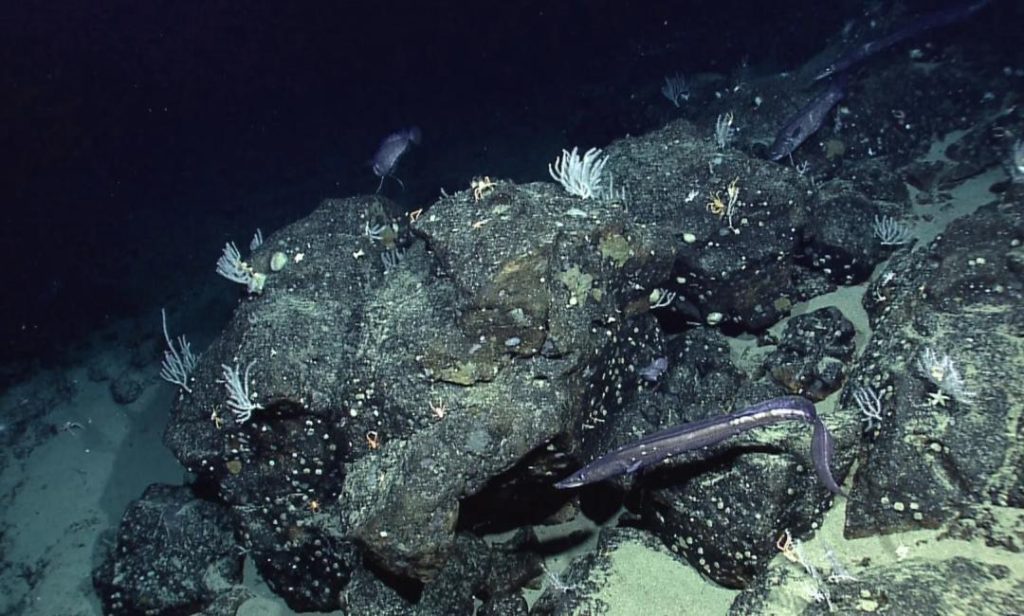
Title: Next-generation water satellite maps seafloor from space
The ocean floor is a vast and largely unexplored frontier, covering over 70% of the Earth’s surface. Yet, despite its importance for our planet’s ecosystem and human activities, much of it remains unmapped. However, thanks to a team supported by NASA, one of the most detailed maps yet of the ocean floor has been created, using data from the SWOT (Surface Water and Ocean Topography) satellite.
SWOT, which was launched in November 2022, is a joint mission between NASA, the French space agency CNES, and the Canadian space agency CSA. Its primary goal is to study the Earth’s surface waters, including oceans, lakes, and rivers, to better understand the global water cycle and how it impacts our planet. In its first release of data, SWOT has provided a stunningly accurate map of the ocean floor, a feat that has never been achieved before.
The map, which covers an area of approximately 1.4 million square kilometers (540,000 square miles) in the Pacific Ocean, has a resolution of just 3 meters (10 feet) per pixel. This means that it is possible to see features as small as 3 meters across, including underwater ridges, valleys, and even individual rocks. The map is so detailed that it can even detect changes in the seafloor as small as 1 centimeter (0.4 inches) per year.
The importance of accurate seafloor maps cannot be overstated. For one, they are crucial for understanding deep-sea currents and tides, which play a critical role in shaping our planet’s climate and weather patterns. Seafloor maps are also essential for a range of seafaring activities, including navigation, laying underwater communications cables, and exploring for oil and gas reserves.
In addition to these practical applications, seafloor maps can also help scientists better understand the ocean’s role in mitigating climate change. For example, the ocean plays a critical role in absorbing carbon dioxide from the atmosphere, and seafloor maps can help scientists identify areas where this process is most effective.
The SWOT satellite uses a unique combination of radar and laser technology to create its maps. The satellite emits pulses of radar and laser light towards the ocean surface, which bounce back and provide information about the shape and topography of the seafloor. The data is then processed and combined with other sources of information, such as bathymetric data from ships and autonomous underwater vehicles, to create the final map.
The creation of this map is a major milestone in the development of seafloor mapping technology. In the past, seafloor maps have often been created using data from ships and autonomous underwater vehicles, which can be time-consuming and expensive. The SWOT satellite, on the other hand, can create maps of the entire ocean floor in a matter of weeks, making it a much more efficient and cost-effective option.
The potential applications of this technology are vast and varied. For example, it could be used to create detailed maps of the ocean floor for navigation and search and rescue operations. It could also be used to identify areas where seafloor mining or drilling could be conducted, potentially unlocking new sources of energy and resources.
In conclusion, the next-generation water satellite, SWOT, has made a groundbreaking achievement by mapping the seafloor from space with unprecedented accuracy. This technology has the potential to revolutionize our understanding of the ocean and its role in our planet’s ecosystem, as well as enabling a range of practical applications in fields such as navigation, communication, and resource extraction.
News Source:
https://www.nasa.gov/missions/swot/next-generation-water-satellite-maps-seafloor-from-space/






